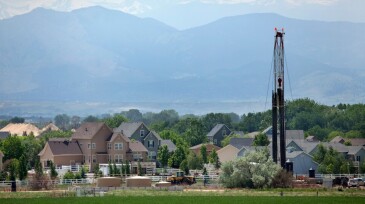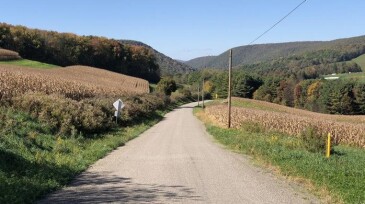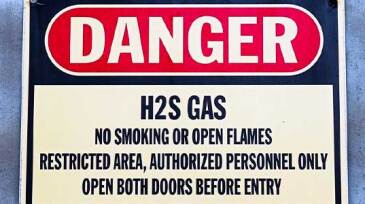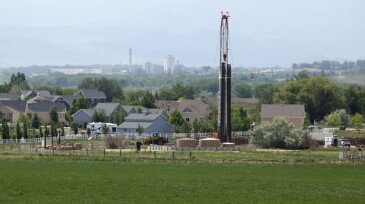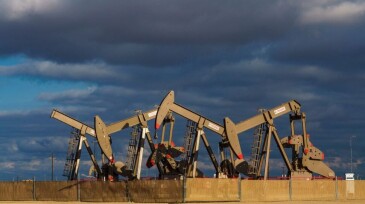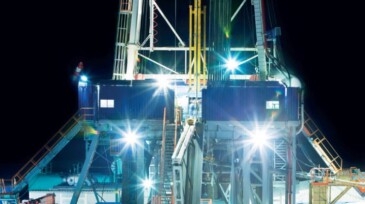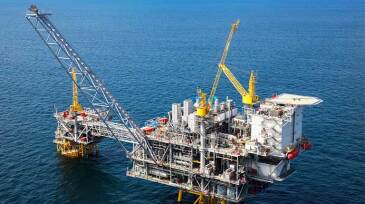health
-
After repeated air pollution violations, regulators ordered Prospect Energy to immediately cease operations at an oil and gas storage site north of Fort Collins, Colorado.
-
Pennsylvania children living near unconventional oil and gas developments at birth were two to three times more likely to be diagnosed with leukemia between the ages of 2 and 7 than those who did not live near this oil and gas activity, after accounting for other factors that could influence cancer risk, a novel study from the Yale School of Public Health finds.
-
A health study commissioned by Pennsylvania environmental officials examined the practice of spreading waste water on rural dirt roads in the state. Researchers concluded that the practice doesn’t control dust effectively and poses dangers to the environment and human health.
-
Given that hydrogen sulfide is such a risk to workers, care must be taken to protect and prevent exposure, particularly when working with lesser-known methods and in more dangerous settings, such as sour-gas fields and the sweetening process.
-
A group of public health experts from several universities and organizations urges adoption of a multilayered approach when developing policies to mitigate the effects of gas and oil production operations.
-
The two organizations recently signed a letter of cooperation. The agreement creates an opportunity to accelerate the practical application of human factors in the energy industry and create a bridge between energy industry professionals and human factors experts.
-
While the concentrations are low, the chemicals are potentially dangerous and some are linked to cancer risk, the researchers found.
-
A new analysis shows that more than 17 million people live within a half-mile radius of active oil and gas production facilities.
-
The goal of the guidance—created by IPIECA, the oil and gas association for advancing environmental and social performance, and the International Association of Oil and Gas Producers—is to provide occupational hygienists and health, safety, and environment managers in the energy industries with advice on how workplace lighting can limit circadian disruption and promot…
-
Offshore oil and gas workers who regularly practice mindfulness may experience less fatigue and emotional and psychological strain, according to a study led by researchers at the University of Houston.


